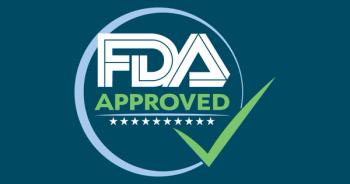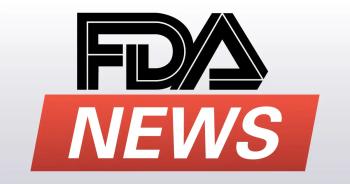
Pediatric obesity drug use increased after AAP guideline
Pharmacotherapy use for pediatric obesity rose after AAP’s 2023 guidelines, though overall rates remain low compared to nutrition counseling.
A new study evaluating national electronic health record data from more than 310,000 children and adolescents found that pharmacotherapy use for pediatric obesity increased following the release of the 2023 American Academy of Pediatrics (AAP) clinical practice guideline. However, absolute treatment rates remained low, with nutrition counseling still far more common.1,2
Published in Pediatrics Open Science, the retrospective observational cohort study analyzed data from January 2021 through December 2024 across 30 US health systems contributing to the Truveta data platform. The study focused on children aged 8–11 years and adolescents aged 12–17 years who had a body mass index (BMI) in the ≥95th percentile and no prior diagnosis of type 2 diabetes.1
The AAP guideline emphasized early evaluation and treatment of obesity, including the recommendation of intensive health behavior and lifestyle treatment (IHBLT) as first-line therapy and pharmacotherapy for adolescents aged 12 years or older in select cases. The guidelines did not recommend pharmacotherapy for younger children unless individually warranted.
To assess real-world impacts, investigators examined incident treatment initiation, either nutrition counseling or referral within 14 to 90 days or pharmacotherapy prescribing within 14 days, before vs after the January 2023 guideline release. Patients with recent obesity treatment were excluded to isolate new interventions.
Among the 310,503 patients included, 36.9% were children and 63.1% were adolescents. The mean (SD) BMI percentile was 97.4 (1.6), and 35.7% had severe obesity. Nutrition counseling or referral occurred in 9.7% of eligible patients, while only 0.4% initiated pharmacotherapy. Use of both treatments varied by demographics and provider specialty. Patients seen by pediatricians were more likely to receive counseling or referral.
Following the guideline release, there was no immediate increase in nutrition treatment (OR, 1.05; 95% CI, 0.98–1.12), but a small monthly trend increase was observed (OR, 1.01; 95% CI, 1.00–1.01). In contrast, pharmacotherapy prescribing showed both a significant immediate increase (OR, 1.65; 95% CI, 1.23–2.21) and sustained growth over time (monthly OR, 1.05; 95% CI, 1.03–1.07).
Despite low absolute use, pharmacotherapy initiation was more likely among adolescents, female patients, and those with higher BMI percentiles. Among prescribed medications, metformin use declined while semaglutide prescribing increased from 2.5% of patients during the preguideline period to 26.8% postguideline (P < .01).
“These study findings suggest a gradual adoption of AAP pharmacotherapy guidelines over time,” the authors noted. “However, the timing of the AAP guideline release coincided with surging national interest in GLP-1–based antiobesity medications.”
The study acknowledged concerns regarding potential overuse of pharmacotherapy, particularly GLP-1 receptor agonists (GLP-1 RAs), but emphasized that prescribing remained conservative. Researchers also noted that nutrition counseling may have been undercaptured in EHRs and is not exclusive to obesity treatment.
Several factors may explain the higher use of nutrition counseling relative to pharmacotherapy, including limited access to GLP-1 RAs, cost barriers, caregiver hesitancy, and clinician reluctance. “Further research is needed to understand clinician-level factors including communication about obesity treatment options,” the authors wrote.
Limitations of the study include reliance on EHR documentation, lack of data from children’s hospitals, and potential underreporting of counseling delivered outside clinical systems. Nonetheless, the study offers insight into practice shifts following a major guideline update and highlights implementation challenges in translating pediatric obesity guidance into care.
“Future research should explore clinician and family preferences for obesity treatment options and understand how families balance trade-offs between treatment attributes such as time, cost, safety, uncertainty, and short- and long-term effectiveness,” the authors concluded.
References:
- Rodriguez PJ, Do D, Gratzl S, Goodwin-Cartwright BM, Stucky NL, Wright DR. Shifts in US Pediatric Obesity Treatment After the AAP Guidelines. Pediatrics Open Science. 2025;1(3):1-12. doi:https://doi.org/10.1542/pedsos.2025-000623
- Hampl SE, Hassink SG, Skinner AC, et al. Clinical practice guideline for the evaluation and treatment of children and adolescents with obesity. Pediatrics. 2023;151(2). doi:https://doi.org/10.1542/peds.2022-060640
Newsletter
Access practical, evidence-based guidance to support better care for our youngest patients. Join our email list for the latest clinical updates.








